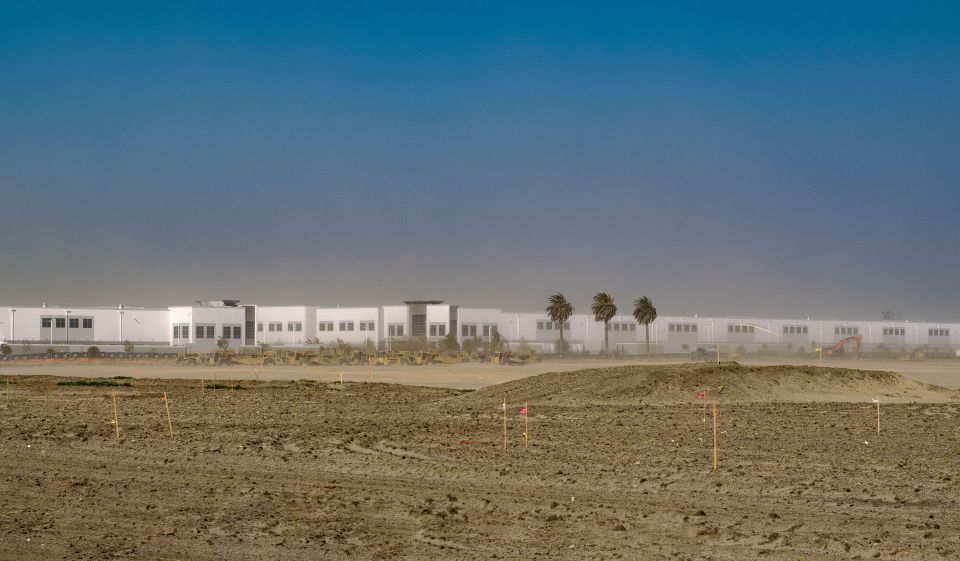
This PECE Essay is part of my continuing development of a dissertation project within the Department of Anthropology at UCI. The aim here is to take advantage of the platform's open access infrastructure, allowing me to engage in productive discourse with both my committee and a broader academic community who might have interests and expertise that parallel my own.
This essay is a "shadowbox" amalgamation of various text, images, and video, that as artifacts of ethnographic import pertinent to my research, provide the growing foundation of my approaching fieldwork and write up of my PhD dissertation in anthropology. My aim is to continue to add to this essay, and even imbed others within it, as I branch into different theoretical and practical domains over the next several years. My hope is that you will be enticed to engage in my sketches, curations, and relations of my process, as like the platform's creators, I see this approach as the embodiment of a living data machine and a space for ethnographers to make themselves methodologically legible and accountable to rigorous process.
Thus far, the dissertation project centers on the aesthetic and labor practices of working class people in California's Inland Empire and High Desert regions. The Inland Empire has embodied many collective subjectivities over the last century and a half. Originally a site for payload gold mining, beginning in the 1850s, legions of migrants flocked to this otherwise desolate deserted region with dreams of prosperity. When gold dried up, agriculture in the form of citrus and dairy took hold. In the shadow of the abandoned and brittle mining infrastructure, vast swaths of land were irrigated for the water heavy work of growing oranges and raising cattle.
As water has grown irreperably scarce, and drought continues to take hold, the farms lay in various states of decay, while still others have been wiped off the map. In their place corporations like Amazon have erected gigantic white distribution and fulfillment centers, the literal backbone of the immanent virtual economy enjoyed by the upper middle class and wealthy elites along the coast of the state. In short order, these facilities have become one of the few places to steadily work for members of California's inland working class.
Those living here are witness to the tactile debris of industrial contrasts, while the ebb and flow of Late Industrialism shapes the narratives of their lives. However, I want to question whether this teleological alienation is absolute, or are there spaces for the cultivation of nuanced personal history in the face of flexible capitalism and the shifting of landscapes?